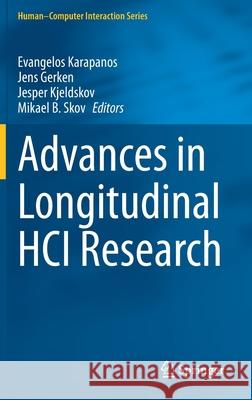topmenu
Wyniki wyszukiwania:
wyszukanych pozycji: 2
 |
Advances in Longitudinal Hci Research
ISBN: 9783030673215 / Angielski / Twarda / 2021 / 242 str. Termin realizacji zamówienia: ok. 22 dni roboczych. |
cena:
684,33 |
 |
Mensch-Computer-Interaktion: Basiswissen F?r Entwickler Und Gestalter
ISBN: 9783662675687 / Niemiecki Termin realizacji zamówienia: ok. 22 dni roboczych. |
cena:
244,52 |










